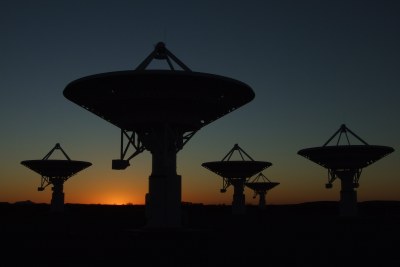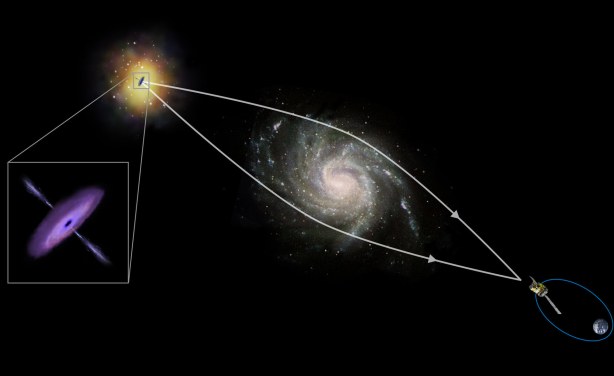-
South Africa: Astronomers Used Machine Learning to Mine Data From South Africa's Meerkat Telescope - What They Found
The Conversation Africa, 5 April 2023
New telescopes with unprecedented sensitivity and resolution are being unveiled around the world - and beyond. Among them are the Giant Magellan Telescope under construction in… Read more »
-
Africa: MeerKAT - Why South Africa's Massive Astronomy Project Matters
GroundUp, 27 February 2023
Amish Patel is a Signal Processing Engineer with the South African Radio Astronomy Observatory. He gave the second Science for the People Seminar. Read more »
-
South Africa: MeerKAT Discovers a Distant Galaxy Has Very Large Hydrogen Atoms
South African Radio Astronomy Observatory, 15 February 2023
While using the MeerKAT radio telescope to study a distant galaxy towards PKS 1830-211, scientists discovered something unexpected: gas clouds made up of some of the largest… Read more »
-
South Africa: Square Kilometre Array's Scope Shows African Astronomers Bright Future
SciDev.Net, 7 December 2022
African astronomers point to a golden age of astronomy on the continent as work starts in South Africa on the world's biggest telescope. Read more »
Astronomers Use Machine Learning to Mine Radio Telescope Data
New telescopes with unprecedented sensitivity and resolution are being unveiled around the world - and beyond. Among them are the Giant Magellan Telescope under construction in Chile, and the James Webb Space Telescope, which is parked a million and a half kilometres out in space, writes Michelle Lochner for The Conversation.
This means there is a wealth of data available to scientists that simply wasn't there before. The raw data off just a single observation from the MeerKAT radio telescope in South Africa's Northern Cape province can measure a terabyte. That's enough to fill a laptop computer's hard drive. MeerKAT is an array of 64 large antenna dishes. It uses radio signals from space to study the evolution of the universe and everything it contains - galaxies, for example. Each dish is said to generate as much data in one second as you'd find on a DVD.
Machine learning is helping astronomers to work through this data quickly and more accurately than poring over it manually. Perhaps surprisingly, despite increasing reliance on computers, up until recently the discovery of rare or new astrophysical phenomena has completely relied on human inspection of the data.
InFocus
-
Higher Education, Science and Innovation Minister, Blade Nzimande, has unveiled the construction of the Square Kilometre Array Observatory (SKAO) telescopes infrastructure in Carn Read more »



